When it comes to setting up your WooCommerce store, one of the most vital factors often overlooked is the size of your product images. You might be wondering, “Does image size really matter?” The answer is a resounding yes! The right image size not only showcases your products in the best light, but it also impacts your site’s loading speed, user experience, adn even your search engine rankings.In this article, we’ll dive into the best image sizes for WooCommerce products, helping you strike the perfect balance between stunning visuals and optimal performance.Whether you’re a seasoned store owner or just starting out, understanding how to choose the right image dimensions can give your products the spotlight they deserve. Let’s get started on making your online store visually irresistible!
Understanding the Importance of Image Size for WooCommerce Products
When it comes to setting up your WooCommerce store, the meaning of image size cannot be overstated. High-quality images are essential for showcasing your products effectively, but they also need to be optimized for web performance. A well-balanced approach to image size can enhance your site’s loading speed, improve user experience, and ultimately boost conversion rates.
Here are a few reasons why image size matters:
- Load Time: Large images can drastically slow down your website, leading to higher bounce rates. Studies show that a delay of even a few seconds can cause potential customers to abandon their shopping carts.
- SEO benefits: Optimized images can improve your SEO rankings. Search engines favor faster loading pages, and properly sized images enhance your chances of appearing in search results.
- User Engagement: Crisp, clear images attract users and keep them engaged. Smudged or pixelated pictures can deter potential buyers, impacting their perception of your brand.
To strike the right balance, consider the following best practices for image size:
- Use the Right Dimensions: The recommended size for product images in WooCommerce is 800 x 800 pixels. This size provides enough detail while keeping file sizes manageable.
- Optimize file Formats: JPEG is usually the best format for product images due to its balance between quality and file size. PNG can be used for images needing transparency, but be cautious as they might potentially be larger in size.
- compress Images: Utilize tools like TinyPNG or WP Smush to compress images without sacrificing quality. This step is crucial for maintaining fast loading times.
Here’s a fast comparison of common image sizes and their typical applications:
| image Size | Usage | Recommended Format |
|---|---|---|
| 800 x 800 px | Product Images | JPEG |
| 300 x 300 px | Thumbnail Images | JPEG/PNG |
| 1200 x 1200 px | Zoomed Product View | JPEG |
Ultimately, the goal is to present your products in the best light possible while maintaining a fast and responsive ecommerce site. By adhering to these guidelines and understanding the significance of image size, you position your WooCommerce store for greater success in a competitive online marketplace.
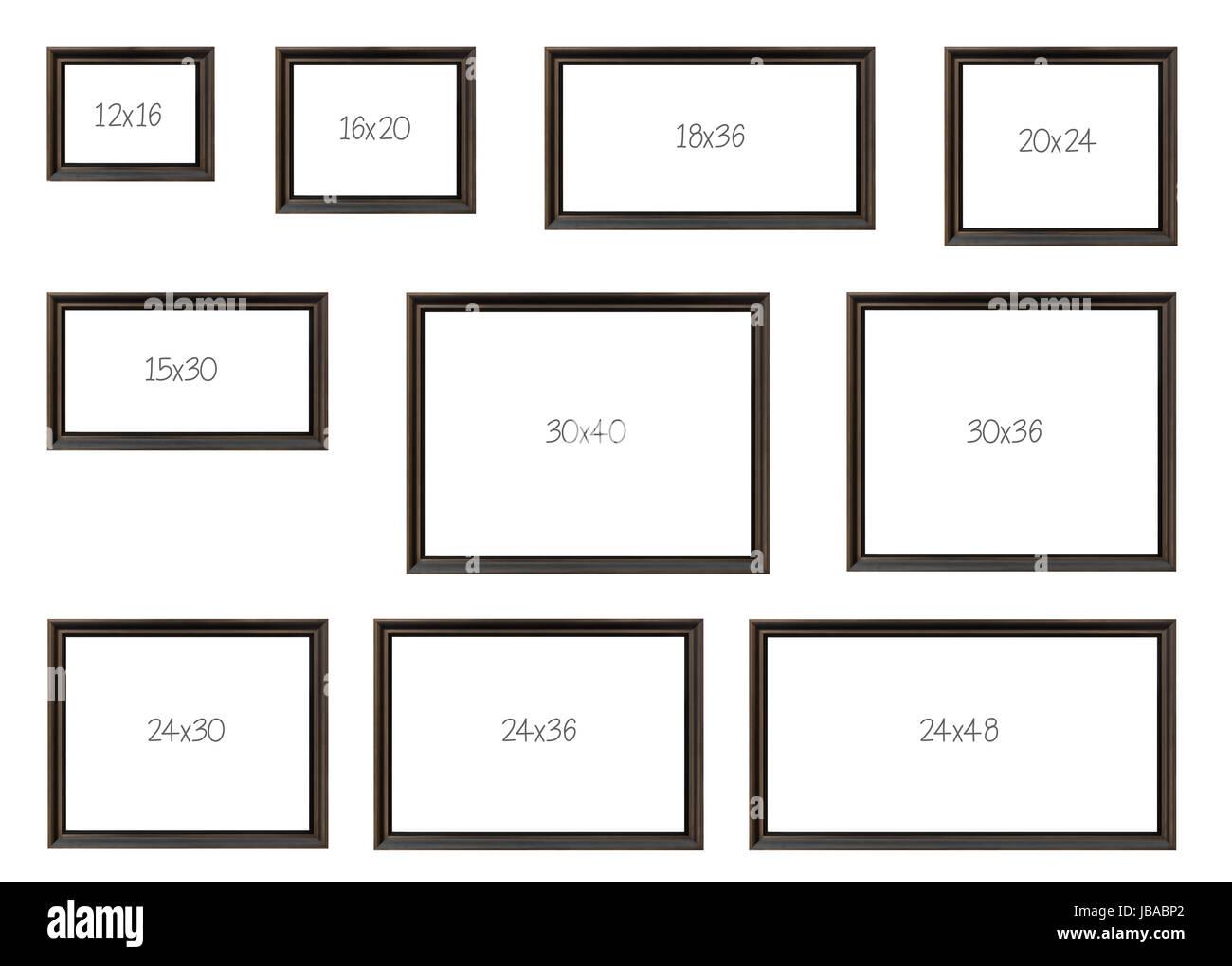
The Ideal Image Dimensions for Maximum Impact
When it comes to selling products online, the visual aspect cannot be overlooked. High-quality images not only attract potential customers but also build trust and credibility for your brand. to achieve maximum impact, understanding the ideal image dimensions for your WooCommerce products is essential. Here are a few key considerations:
- Product Image Size: The recommended dimensions for product images in WooCommerce are 800 x 800 pixels. this size ensures that your images are clear and detailed, allowing customers to see your products up close.
- Thumbnail images: For thumbnail images, which appear in category views and product grids, aim for 300 x 300 pixels. Thumbnails should be crisp and quick to load, while still providing a good representation of the product.
- Gallery Images: If you showcase multiple views of your product, use images that are 800 x 1200 pixels or larger.This vertical dimension is perfect for displaying additional details and ensures that your product stands out.
Though,it’s not just about the size. The aspect ratio also plays a crucial role.Maintaining a consistent aspect ratio across your images creates a cohesive look for your online store. A standard ratio of 1:1 works well for product images,while 4:3 can be used for more landscape-oriented shots.
| Image Type | Recommended Dimensions |
|---|---|
| Product Images | 800 x 800 pixels |
| Thumbnail Images | 300 x 300 pixels |
| Gallery Images | 800 x 1200 pixels |
Another critically importent factor is the file format. For product images, JPEG is typically the best choice due to its balance of quality and file size. PNG is great for images requiring transparency but can be larger in size. Finding the right balance will ensure your site loads quickly while still showcasing your products beautifully.
Lastly, don’t forget about responsive design. Your images should look great on all devices,from desktops to smartphones. Use CSS to ensure that your images are responsive, scaling appropriately without losing quality. This not only enhances the user experience but also can positively influence your search engine rankings.

Why Image Quality Matters More Than You Think
When it comes to e-commerce, particularly in a visually-driven environment like WooCommerce, the adage “a picture is worth a thousand words” couldn’t be more true. High-quality images not only showcase your products effectively but also create a sense of trust and professionalism. In a crowded online marketplace, your images can be the difference between a sale and a missed opportunity.
Consider these essential reasons why image quality should be a top priority:
- First Impressions Matter: Customers often make snap judgments about your brand based on the images they see. A high-resolution image reflects quality and care, while a low-quality image can led to skepticism about the product itself.
- Enhanced User Experience: Crisp images provide a better browsing experience. They allow potential buyers to see details and textures, helping them visualize the product more vividly.
- Increased Conversion Rates: Studies show that high-quality product images can considerably boost conversion rates. When customers feel confident about what they’re purchasing, they’re more likely to complete the transaction.
- SEO Benefits: Optimizing image quality and size can also positively impact your SEO strategy. Well-optimized images load faster, improving your site’s overall speed, which is a key factor for search engine rankings.
It’s important to find the right balance between quality and file size. Too large of an image can slow down your site, leading to higher bounce rates. Conversely, images that are too small may not convey the product’s details effectively. The ideal woocommerce product image size typically hovers around 800 x 800 pixels for thumbnails and can go up to 1200 x 1200 pixels for main product images,ensuring a perfect blend of quality and performance.
| Image Size (px) | Use Case | Optimal Formats |
|---|---|---|
| 800 x 800 | Thumbnail | JPEG, PNG |
| 1200 x 1200 | Main Product Image | JPEG, WebP |
| 2000 x 2000 | Zoomed Image | JPEG, PNG |
Ultimately, investing time and resources into your product images can yield ample returns. High-quality visuals not only attract customers but also build lasting relationships. By prioritizing image quality, you’re not just selling a product; you’re also selling an experience that can drive loyalty and repeat business.
Optimizing Image File Formats for Faster loading Times
When it comes to optimizing images for your WooCommerce product pages, choosing the right file format can make a notable difference in loading times and overall user experience. Here’s a breakdown of the most common image formats and their ideal uses:
- JPEG: Best for photographs and images with gradients. This format typically offers a good balance between quality and file size, making it ideal for product images. Aim for a width of 800-1200 pixels for optimal display.
- PNG: Excellent for images that require transparency or those with sharp edges, like logos or icons. While PNG files are larger than JPEGs, they maintain high quality without losing detail.
- WebP: A modern format that provides superior compression, resulting in smaller file sizes without compromising quality. consider using WebP for your product images to enhance loading times and SEO performance.
- SVG: Perfect for vector images like logos and icons. SVG files are resolution-self-reliant and can be scaled without losing quality, ensuring your images always look sharp on any device.
To ensure your WooCommerce store is as fast as possible, it’s essential to compress your images.Here are some tools that can definitely help:
- ImageOptim: A free tool for Mac that reduces file sizes without sacrificing quality.
- tinypng: an online service that compresses PNG and JPEG images effectively.
- shortpixel: A WordPress plugin that automatically optimizes images upon upload, saving you time and effort.
Additionally, utilizing responsive image techniques is crucial.By implementing the srcset attribute, you can serve different image sizes based on the user’s device, ensuring quick loading times. Don’t forget to set the dimensions of your images within the HTML or CSS to help browsers allocate space even before the image loads.
| Image Format | Best Use Case | File Size (Approx.) |
|---|---|---|
| JPEG | Photographs | 100 KB – 1 MB |
| PNG | Logos, Transparency | 200 KB – 1 MB |
| WebP | General use | 50 KB – 500 KB |
| SVG | Icons, Logos | 5 KB - 100 KB |
by carefully selecting your image formats and utilizing optimization techniques, you can significantly improve your WooCommerce store’s performance. Not only will faster loading times enhance the shopping experience, but they will also positively impact your search engine ranking, leading to increased visibility and perhaps higher sales.

how to Choose Between Thumbnails and Full-Size images
When it comes to showcasing your products on WooCommerce, the choice between thumbnails and full-size images can significantly impact user experience and conversion rates.Understanding the strengths and limitations of each option is essential for making an informed decision that aligns with your brand’s goals.
Thumbnails serve as a great way to present an overview of your product range. They are smaller in size, which means they load faster and enhance the browsing experience. here are some key benefits of using thumbnails:
- faster page loading times, improving SEO.
- Efficient use of screen space, allowing more products to be viewed at once.
- Encouraging users to click through to the product page for more details, leading to increased engagement.
On the flip side,there are scenarios where full-size images can be more beneficial. Particularly for products that require detailed inspection, full-size images provide a closer look. Here’s why you might opt for them:
- They showcase intricate details and features that might be missed in smaller views.
- They can enhance the perceived value of your product, making it more appealing to potential buyers.
- Users are more likely to trust the product when they can see it in high resolution.
To strike a balance, consider using a combination of both formats. You can display thumbnails on product listing pages for easy navigation, while reserving full-size images for the product detail pages. this way, you cater to both casual browsers and those ready to make a purchase.
| Image Type | Advantages | Best use Case |
|---|---|---|
| Thumbnails | Fast loading, space-efficient, promotes exploration | Product listings, category pages |
| Full-Size | Detailed view, enhances trust, showcases quality | Product detail pages, zoom features |
ultimately, the key lies in understanding your products and your audience. Experimenting with both thumbnails and full-size images can provide valuable insights into what drives engagement and sales.Monitor user behavior,and adapt your strategy accordingly. With the right image choices, you can create a visually appealing and effective online store.
Tips for Resizing Images Without Losing Quality
Resizing images for your WooCommerce store can be a tricky task, especially when you’re aiming to maintain quality. Fortunately, there are effective methods to ensure that your product images look crisp and professional, without the dreaded pixelation or blurriness that can deter potential buyers.
One of the most reliable techniques is to use image editing software such as Adobe Photoshop or GIMP. These tools allow you to resize images while preserving their quality. Here are some tips for using these programs:
- Use the ‘Save for Web’ feature: This option optimizes images for online use, balancing quality and file size.
- Maintain the aspect ratio: Always lock the aspect ratio to prevent distortion when resizing.
- Apply sharpening filters: After resizing, apply a subtle sharpening filter to enhance details.
If you prefer a quicker solution, consider online tools like Canva or tinypng. These platforms are user-friendly and designed for fast resizing without compromising quality. They can automatically optimize images and provide you with different size options tailored for web use.
Another crucial aspect to keep in mind is the image format. Using the right file type can make a significant difference in quality and loading times. Here’s a quick comparison of common formats:
| Format | Best For | Quality | File Size |
|---|---|---|---|
| JPEG | Photographs | High | Medium |
| PNG | Graphics with Transparency | Vrey High | Large |
| WebP | Everything | High | Small |
Lastly, don’t forget about compression. Compressing images can dramatically reduce file size without losing noticeable quality. There are various plugins available for WordPress, like Smush or ShortPixel, that can automate this process for you. by incorporating these plugins,you can seamlessly optimize images to ensure your product pages load quickly,enhancing the user experience.
By applying these techniques, you can effectively resize your product images for WooCommerce while keeping them sharp and appealing. A keen eye for detail and the right tools will elevate your online store, helping to attract and convert customers effortlessly.
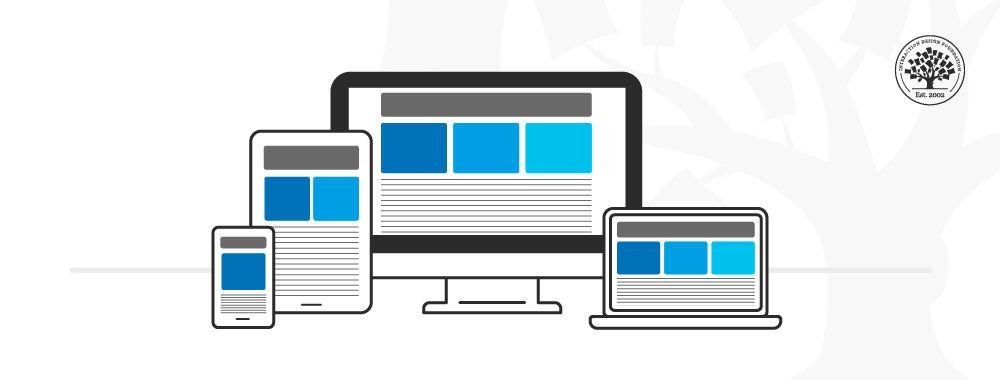
The Role of Responsive Design in Image Display
When it comes to displaying images effectively on an online store, responsive design plays a pivotal role. It ensures that your product images adapt seamlessly to various screen sizes and devices, providing an optimal viewing experience for customers. This adaptability is crucial in today’s digital landscape, where users frequently switch between their smartphones, tablets, and desktop computers.
Here are several key aspects of responsive design that significantly enhance image display:
- Fluid Grids: Using a fluid grid system allows your images to resize proportionally, maintaining their aspect ratio while fitting the screen. This prevents distortion and keeps your products looking their best.
- Media Queries: Implementing CSS media queries lets you define different styles for different screen sizes. This means you can display high-resolution images on larger screens and optimized versions on mobile devices without compromising quality.
- Lazy loading: Incorporating lazy loading techniques allows images to load only as they come into the viewer’s viewport. this not only speeds up page load times but also enhances overall user experience, especially on mobile networks.
Choosing the right image size is essential, but it’s equally important to consider how these images will behave on different devices. here’s a simple table outlining recommended image sizes for various display types:
| Device Type | Recommended image Size |
|---|---|
| Mobile | 640 x 640 pixels |
| Tablet | 768 x 768 pixels |
| Desktop | 1200 x 1200 pixels |
Moreover, responsive design not only benefits user experience but also has a positive impact on SEO. Search engines favor mobile-friendly websites, and using responsive images can contribute to better rankings. making sure that your product images load quickly and look sharp across all devices means more chances of converting visitors into customers.
Ultimately, embracing responsive design in your WooCommerce store isn’t just a technical necessity; it’s a strategic move that enhances your brand’s image, improves engagement, and increases sales. By ensuring that your product images are displayed beautifully and effectively on any screen size, you’re laying the groundwork for an enjoyable shopping experience that keeps customers coming back for more.
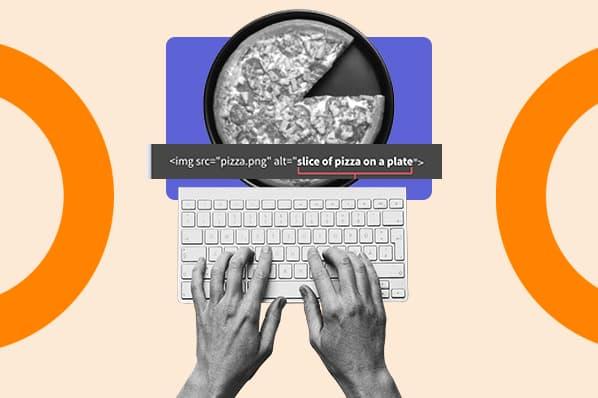
Utilizing Image Alt Text for SEO Benefits
When it comes to optimizing images for your WooCommerce store, one of the most overlooked aspects is the use of image alt text. Alt text serves as a description for your images and plays a crucial role in improving your site’s SEO. By incorporating relevant keywords into your alt text,you not only enhance the accessibility of your site for visually impaired users but also boost your chances of appearing in search engine image results.
Here are some key benefits of utilizing image alt text:
- Improved Accessibility: Alt text allows screen readers to convey image content to users with visual impairments, creating a more inclusive shopping experience.
- Enhanced SEO Performance: Search engines use alt text to understand what an image depicts. Optimizing it with targeted keywords can improve your chances of ranking higher in image searches.
- Better User Experience: If an image fails to load, the alt text provides context to the user, ensuring your message isn’t lost.
To effectively craft alt text for your WooCommerce images, consider the following tips:
- Be Descriptive: Clearly describe what the image portrays. Such as,instead of “shoe,” use “red leather running shoes.”
- Include Keywords Naturally: While you should integrate keywords, avoid keyword stuffing. The alt text should read naturally and make sense.
- keep It Concise: Aim for a length of about 125 characters or less. This ensures that screen readers can read it comfortably.
Implementing these strategies can significantly enhance your image SEO. Below is a simple table showcasing examples of effective alt text:
| Image Description | Effective Alt Text |
|---|---|
| Red leather running shoes | Red leather running shoes for men, perfect for outdoor activities |
| Wool winter scarf | Cozy wool winter scarf in gray, ideal for cold weather |
| Organic skincare products | Organic skincare products in eco-friendly packaging |
By giving thought to your image alt text, you not only cater to search engines but also enrich the overall shopping experience for your customers. This small adjustment can lead to greater visibility and higher conversion rates in your WooCommerce store.

Best Practices for Bulk Uploading Product Images
When it comes to bulk uploading product images for your WooCommerce store,efficiency is key. Here are some best practices to ensure a seamless process:
- Consistent File Naming: Use a clear and consistent naming convention for your images. for example,
product-name-size-color.jpghelps in easy identification and SEO optimization. - Optimal Image sizes: Follow woocommerce recommendations to avoid loading issues. Aim for images that are at least 800×800 pixels for product thumbnails and 1200×1200 pixels for detail views.
- Image Formats: Stick to formats like JPEG for photographs and PNG for images with transparency. This ensures quality while keeping file sizes manageable.
- Bulk Compression: Before uploading, use tools like tinypng or ImageOptim to compress your images without sacrificing quality, enhancing your site’s performance.
Incorporating these practices not only improves your site’s speed but also enhances user experience. Remember, a user-friendly site can boost your sales significantly!
| Image Type | Recommended Size | Format |
|---|---|---|
| Thumbnail | 800×800 pixels | JPEG |
| Single Product Image | 1200×1200 pixels | JPEG/PNG |
| Product Gallery Image | 1000×1000 pixels | JPEG/PNG |
As you upload your images, consider using a plugin that supports bulk uploads. This can save you a lot of time and effort,allowing you to focus on other aspects of your business.
Lastly, don’t forget to add alt text to each image for better SEO and accessibility. Alt text provides context to search engines and is crucial for users who rely on screen readers.
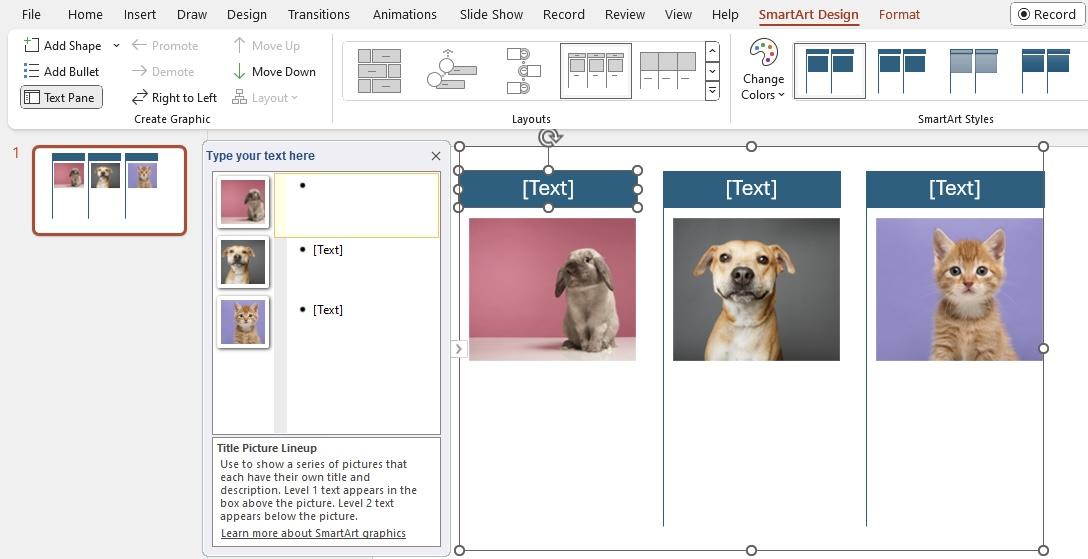
Enhancing User Experience with Consistent Image Sizes
Maintaining a consistent image size across your WooCommerce store is crucial for creating a cohesive and professional look. When images are uniform, they improve the overall aesthetic and make the browsing experience smoother for customers. Imagine scrolling through product listings where each image is a different size; it creates a visual disarray that can overwhelm visitors and potentially drive them away.
When you standardize image dimensions, you not only enhance your site’s visual appeal but also improve loading times. Large, inconsistent images can slow down your website, which can frustrate users. A fast-loading site is essential for retaining visitors and maintaining high conversion rates. Here are a few benefits of using consistent image sizes:
- Improved Visual Appeal: A uniform layout is visually satisfying and draws users in.
- Better Loading Times: Optimized images load faster, reducing bounce rates.
- Enhanced Mobile Experience: Responsive design benefits from consistent sizing, ensuring images look great on all devices.
It’s essential to choose the right dimensions for your product images. For WooCommerce, the recommended size is often 800 x 800 pixels for square images.This size strikes a balance between quality and file size, ensuring images are clear without bogging down your site. however, if you’re showcasing large products, you may want to consider larger dimensions to provide a close-up view.
to help you visualize the ideal image sizes for different types of products, here’s a quick reference table:
| Product Type | recommended Size |
|---|---|
| Square Products | 800 x 800 pixels |
| Landscape Products | 1200 x 800 pixels |
| Portrait products | 800 x 1200 pixels |
| gallery Images | 1600 x 1600 pixels |
Another aspect to consider is the use of image optimization plugins. These tools can automatically resize and compress images without sacrificing quality, helping you maintain consistency and efficiency. Regularly auditing your images ensures that new uploads adhere to your established standards.
Ultimately, a well-structured image strategy not only elevates the user experience but also reinforces brand identity. Consistency in image sizes communicates professionalism, builds trust, and makes it easier for customers to focus on what matters—your products.By investing in standardized images, you pave the way for higher engagement and increased sales.
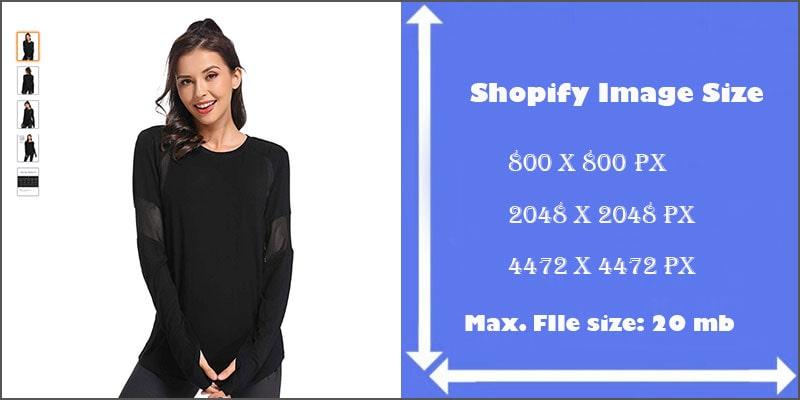
Common Mistakes to Avoid When Sizing Product Images
When it comes to sizing product images for your WooCommerce store,getting it right can make all the difference in how your products are perceived. Here are some common pitfalls you should steer clear of:
- Ignoring Aspect Ratio: Different platforms have unique requirements for aspect ratios. Be sure to maintain a consistent aspect ratio across your product images to avoid any skewing or distortion.
- Using High-Resolution Images Unnecessarily: While quality matters, using excessively high-resolution images can lead to longer load times. Aim for a balance between quality and performance.
- Not Optimizing for Web: Uploading images directly from your camera or design software without optimization can significantly slow down your site. Use tools to compress images without sacrificing quality.
- Overlooking Mobile Responsiveness: With a growing number of shoppers using mobile devices, it’s crucial that your images are optimized for various screen sizes.Test how your images appear on mobile devices before going live.
- Neglecting Image Alt Text: Failing to add descriptive alt text can hurt both your SEO and accessibility.Ensure that every image has relevant alt text that accurately describes the product.
To help you further, here’s a concise table illustrating some recommended image sizes for various WooCommerce product types:
| Product Type | Recommended Image Size |
|---|---|
| Simple Products | 800 x 800 px |
| Variable Products | 1200 x 1200 px |
| Product Thumbnails | 300 x 300 px |
| Gallery Images | 800 x 800 px |
Another common mistake is failing to establish a consistent style for your images. This includes lighting, background, and framing. Consistency helps create a cohesive look across your store, making it more professional and appealing to customers.
remember to regularly review and update your images. As your product offerings change or as design trends evolve, refreshing your images can keep your store looking modern and inviting.
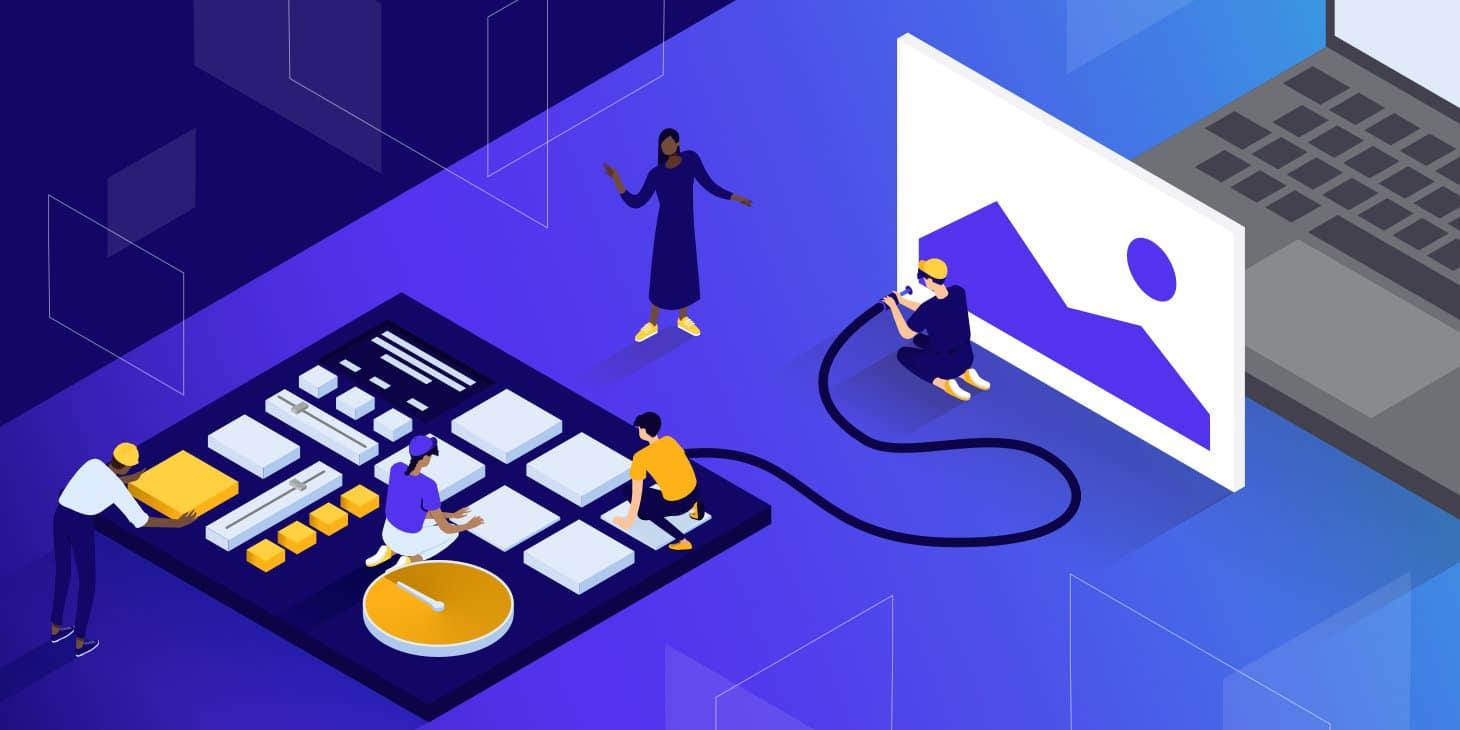
Tools and Resources for Easy image Optimization
Optimizing images for your WooCommerce store doesn’t have to be a daunting task. there are numerous tools and resources available that cater specifically to enhancing your product images while ensuring they load quickly and maintain quality. Here are some standout options that can streamline your image optimization process:
- ImageCompressor.com – This online tool allows you to reduce the size of your images without sacrificing quality. Simply upload your images, and it will compress them instantly.
- TinyPNG – A favorite among webmasters,TinyPNG effectively reduces file sizes of PNG and JPEG images. It supports bulk uploads and offers a simple drag-and-drop interface.
- ShortPixel – This WordPress plugin not only optimizes images automatically as you upload them but also has options for bulk optimization of existing images. It supports various file formats and offers a robust API for developers.
- WP Smush – Another popular WordPress plugin, WP Smush compresses images and provides lossless optimization, ensuring your images maintain their visual integrity while reducing file sizes.
- ImageMagick – For those comfortable with coding, ImageMagick is a powerful command-line tool that can optimize images directly on your server, giving you complete control over the process.
In addition to compression tools, having a reliable workflow can make all the difference. Here’s a quick checklist to boost your image optimization strategy:
| Optimization Step | Details |
|---|---|
| Choose the Right Format | Use JPEG for photographs and PNG for images requiring transparency. |
| Set Dimensions | Upload images at the exact dimensions you need to prevent unneeded scaling. |
| use Alt Text | Always include descriptive alt text to improve SEO and accessibility. |
| Regularly Audit | Periodically check your image sizes and optimize them as needed. |
By leveraging these tools and following best practices, you can ensure your WooCommerce product images are not just eye-catching but also optimized for quick loading times. Remember, fast-loading images lead to better user experiences and can significantly improve your store’s conversion rates. Investing a little time into image optimization can yield substantial dividends in your overall site performance.
Frequently Asked Questions (FAQ)
Q: Why is image size critically important for WooCommerce products?
A: Great question! The size of your product images plays a crucial role in attracting customers. High-quality images can enhance the shopping experience, making products look more appealing and trustworthy. If your images are too small or low resolution,they can appear pixelated or blurry,which might turn potential buyers away.On the flip side, images that are too large can slow down your website’s loading time, leading to frustrated shoppers. Finding the sweet spot is key!
Q: What’s the ideal image size for WooCommerce product images?
A: Ideally, your main product images should be at least 800 x 800 pixels. This size ensures that your images look sharp and professional across various devices. Some experts recommend going for 1200 x 1200 pixels for even better quality, especially if you want to allow customers to zoom in on the details. Remember, clarity is your best friend when it comes to online shopping!
Q: Should I use different sizes for different product images?
A: Absolutely! You should use a variety of image sizes for different purposes. For example,your main product image should be large and high-quality (like we mentioned before),while thumbnail images can be smaller,around 300 x 300 pixels. These smaller images can help speed up loading times on category pages without sacrificing quality for your featured products.
Q: How can I optimize my images without sacrificing quality?
A: Excellent point! To optimize your images, you can use various compression tools to reduce file size without noticeable quality loss. Tools like TinyPNG or ImageOptim work wonders. Also, save your images in the right format—JPEG is great for photos, while PNG is better for images that require transparency. Lastly, don’t forget to add alt text to your images for better SEO and accessibility!
Q: What if I already have images that are too large or too small?
A: No worries! If your images don’t meet the ideal size, you can always edit them.Use photo editing software to resize and crop your images to the right dimensions. Just make sure you maintain their quality during this process. If you’re unsure how to do it, there are plenty of tutorials available online to guide you through resizing images effectively.
Q: How does image size impact my SEO?
A: Image size is a key factor in SEO! Search engines like Google consider page load speed as part of their ranking algorithms. If your images are too large and slow down your site,it can negatively affect your rankings.by optimizing your image sizes, you not only improve user experience but also enhance your chances of ranking higher in search results. It’s a win-win!
Q: Can I use stock images for my WooCommerce products?
A: Absolutely! Stock images can be a fantastic option, especially if you’re just starting out or don’t have the resources to take your own photos. Just make sure that the stock images you choose are high-quality, relevant, and fit the ideal sizes we discussed. Also, ensure you have the right licenses so you can use them without any legal hiccups!
Q: Any final tips for choosing the best image size for WooCommerce?
A: Definitely! Always prioritize quality over quantity. Use images that showcase your products from different angles, and consider lifestyle images that show your products in action.Consistency is also key; try to keep a similar style and size across all your product images for a cohesive look. This not only enhances the aesthetic of your store but also builds brand identity! Happy selling!
To Wrap It Up
As we wrap up our deep dive into the best image sizes for your WooCommerce products, it’s clear that getting this detail right is crucial for your online store’s success. remember, first impressions matter! High-quality, appropriately sized images not only enhance the visual appeal of your products but also improve user experience and can significantly boost your conversion rates.
So,whether you’re just starting out or looking to optimize your existing product listings,take these image size guidelines to heart. Experiment with different formats and see what resonates with your audience. Trust us, investing the time and effort into perfecting your product images will pay off in the long run.Now, go ahead—elevate your WooCommerce store with stunning visuals that grab attention and drive sales. Happy selling!

